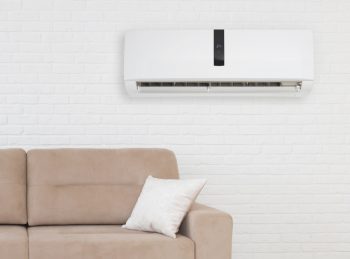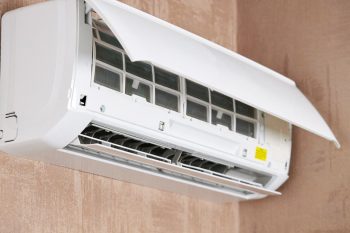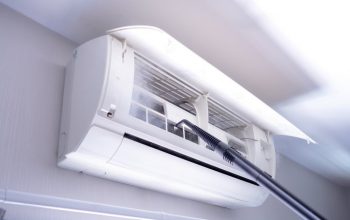
The process of determining the voltage of your water heater may not be as daunting as it seems. Whether you are troubleshooting, planning to upgrade your water heater, or just curious, this comprehensive guide will provide all the information you need to tell if your water heater is 110 or 220 volts.
To tell if your water heater is 110 or 220 volts, you can check the label (or “nameplate”) on the water heater for a voltage indication. Alternatively, you can examine the circuit breaker in your home – a single breaker usually indicates a 110-volt heater, while a double breaker signifies a 220-volt heater. For extra certainty, you can use a multimeter to check the voltage at the water heater’s upper thermostat. Always remember to follow safety precautions when dealing with electrical appliances.
Understanding Water Heater Voltage
Before we dive into how to determine the voltage of your water heater, it’s important to understand what voltage means in this context. Voltage is the measure of electrical potential your water heater requires to function. Most residential water heaters in the U.S. operate on either 110-120 Volts or 220-240 Volts.
The primary differences between a 110V and a 220V water heater are related to their power output, heating efficiency, and energy consumption. A 220V water heater can deliver more power than a 110V model, which allows it to heat water faster. Conversely, a 110v water heater is more suitable for point-of-use applications where only a small amount of hot water is needed.
How to Determine Your Water Heater Voltage
Check the Label
All water heaters have a label, often referred to as the “nameplate”, attached to the outside that includes important information such as the serial number, model number, and voltage. Look for the number next to the “Volts” category—it’ll say either 120 or 240.
Examine the Circuit Breaker
A quick way to determine your water heater’s voltage is by looking at the circuit breaker in your home. A single breaker would usually indicate a 120-volt heater, while a double breaker signifies a 220-volt heater.
Use a Multimeter
If you want to be extra certain, you can use a multimeter to check the voltage at the water heater’s upper thermostat. Remember to exercise caution and follow safety precautions when working with electrical appliances. If you are unsure or uncomfortable with the process, it is best to consult a professional electrician.
Safety Precautions
When investigating the voltage of a water heater, it is crucial to take safety precautions to avoid potential hazards such as electric shock or damage to the appliance. Always turn off the power to the water heater before performing any tests, use appropriate tools, and follow manufacturer guidelines.
Installation Differences Between 110v and 220v Water Heaters
The installation process for a 110v and a 220v water heater differs mainly in the electrical wiring and connections. A 110v water heater typically requires a 20-amp circuit breaker, while a 220v water heater requires a 30-amp, double-pole circuit breaker. If you are not comfortable with electrical work, it is recommended to hire a professional to install your water heater.
Conclusion
Determining the voltage of your water heater is an important factor in its performance and efficiency. By following this comprehensive guide, you should be able to identify whether your water heater is 110 or 220 volts. Always remember to follow safety precautions when working with electrical appliances and consult a professional if unsure.
Frequently Asked Questions
What is a multimeter and how does it work?
A multimeter is a versatile tool that combines several electrical measurement functions in one unit, including the ability to measure voltage, current, and resistance. By connecting the probes to different parts of an electrical system, professionals can troubleshoot problems or diagnose specific parts.
What does a double breaker look like?
A double breaker, also known as a double-pole breaker, is twice the width of a standard single-pole breaker. It has two switches that are physically tied together, meaning if one trips, the other will as well. This type of breaker is commonly used for appliances that require a lot of power, such as a 220v water heater.
What are the benefits of using a 220v water heater over a 110v model?
A 220v water heater can heat water faster than a 110v model due to its higher power output. This makes it a good choice for homes that use a lot of hot water or have high hot water demands. However, it’s important to note that a 220v model will also consume more energy.
Do all water heaters have a nameplate?
Yes, all water heaters should have a nameplate. This label provides essential information about the water heater, including its model number, serial number, and voltage. If you can’t find the nameplate, it may have been removed or become illegible, in which case, you may need to consult the manufacturer or a professional.












